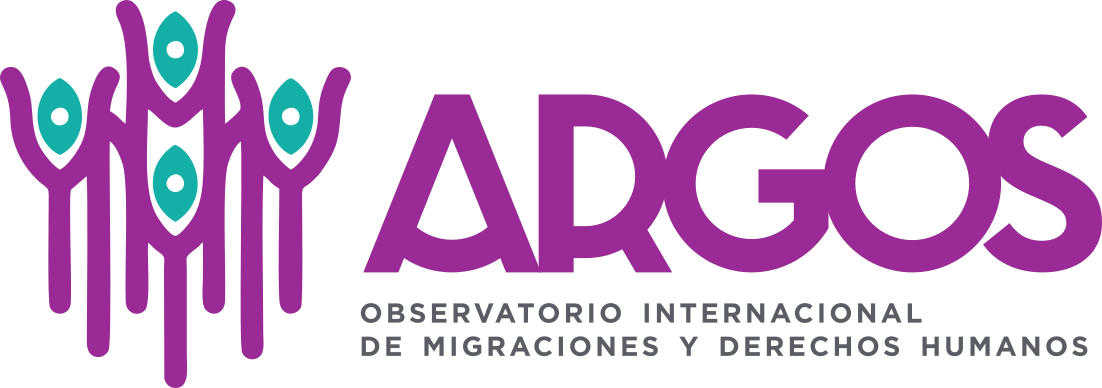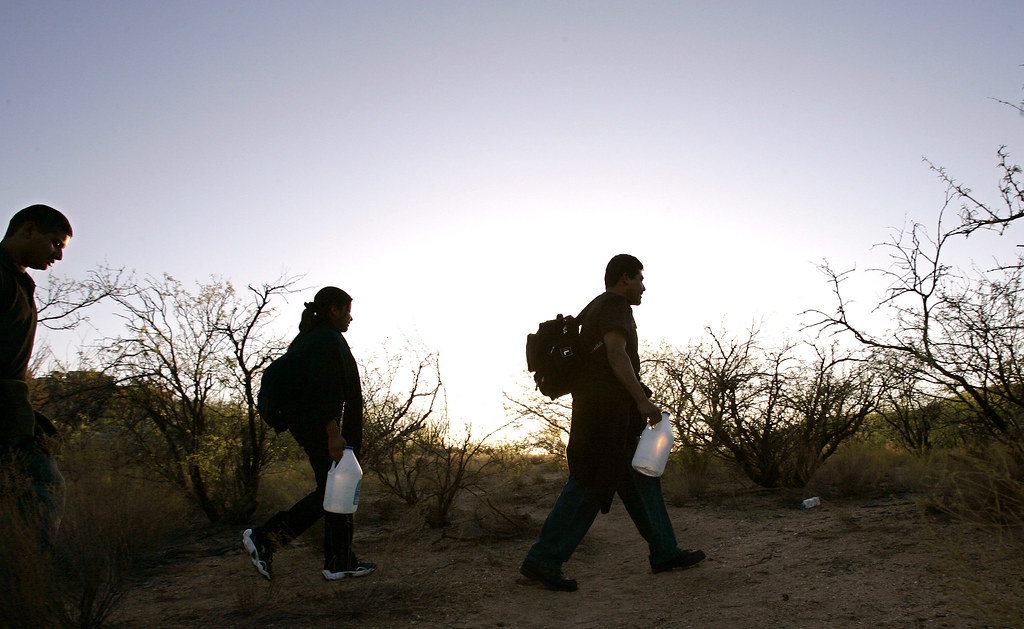For many women in Central America migrating has become more of a duty than an option. Violence (within families and on the streets), inequality in jobs opportunities and economic inequality in general, and natural disasters affect day-to-day life to the point of becoming unbearable, and are exacerbated today by the Covid-19 pandemic and its sanitary consequences.
According to the last report by the United Nations (UN),1 for 2019, out of 272 million migrants worldwide, 48% were women; a number equivalent to the total populations of Italy and the UK combined.
The United States of America (USA) is the main principal destination of Latin American migrants; Central American communities in the USA are growing in number, and one of the reasons for migration is family reunification. Migrant caravans reflect the daily situation of countries such as Honduras, Guatemala, El Salvador (the Northern Triangle) and some regions of Mexico where violence has become systemic: crossfire between gangs, death threats, forced recruitment of minors to join criminal structures,2 coupled with unequal economic opportunities.
The burden of managing and caring for the households and children of men who migrate falls on women, which implies the duplication of domestic and care work, already subject to gender discrimination and invisibility within the care and remuneration policies of both the State and the private sector, in addition to the paid work shifts that women must also perform in order to subsist. This has led to an increasing number of women migrating together with their children, including young women and minors.
In the countries of origin, especially in Mexico and the Northern Triangle of Central America, many women emigrate to flee organized crime. Young people and children from low-income sectors are at risk of being kidnapped and recruited by gangs that, in turn, harass and threaten mothers, sisters and other women in the family.
At each stage of the migration cycle, the risks for women multiply. In the country of origin, as well as in the countries of transit, destination and return, the first burden that women carry is gender discrimination and sexual vulnerability, as they are subjected to rape, kidnapping for the purpose of human trafficking, extortion and even murder.
Alicia Bárcena, Executive Secretary of the Economic Commission for Latin America and the Caribbean (ECLAC), affirmed the need to consider the conditions of vulnerability of women throughout the migration route: “In the study of migration, the role of women must be analyzed in its own right, since they are subject to various vulnerabilities, not only in their communities of origin, but also in the migration process itself”.3
In addition to the panorama of extreme poverty, there is also domestic violence, with a total of 1,555 women murdered in these four countries in 2019.4 Honduras is the nation with the highest rate of femicides (6.2 per 100,000 inhabitants) in Latin America, with 983 fatal cases, is the second -after Brazil- in the continent.
Travel between the countries of origin and destination presents constant uncertainty for migrants. In addition to long days of walking exposed to the sun and with little or very little hydration, without sleep or sleeping outdoors, there are the cold fronts that have hit northern Mexico in recent weeks. Once at the border, immigration procedures entail a long wait, in addition to the possibility of being separated from family members (even children from their mothers) due to the security protocols imposed by the immigration policies of the Trump administration, which the new Biden administration, although it has announced reforms, has not completely repealed, as is the case of the detention centers for migrant children that are still operating, for example.
Likewise, violence in the border areas between Mexico and the U.S. is manifested both by the persecution and repression of migrants by the border guards of both countries, as well as by the more than 165 white supremacist paramilitary groups, who defend nationalism and call themselves “migrant hunters”, and who, as this moniker indicates, are dedicated to “hunting” migrants, kidnapping them and handing them over to the authorities or murdering them in cold blood and burying them in the desert. One way to evade these groups and the border guards is to hire the so-called “coyotes,” another mafia that operates on the border offering to be “guides” after charging considerable sums of money for facilitating this transit, which can sometimes mean crossing the river by boat or on foot, crossing wooded areas or long deserts. Coyotes often hold – literally – the lives of many migrants in their hands and in many cases, they end up leading migrants – especially women – to human trafficking mafias.
Once at their destination, the United States, most undocumented migrant women work as domestic workers, maintaining homes and buildings, preparing food, cleaning, caring for children, sick patients and the elderly. In this regard, it is important to consider the decisive role of women in the economy and social reproduction, since it is women who make the greatest contribution to their countries of origin through remittances:
Every year, some 100 million women migrants send remittances home. And while the gender wage gap persists, they tend to send a greater share of their wages than men, and do so more regularly. These contributions help sustain the economies of many countries and provide livelihoods for families and communities, which is especially important during times of crisis.5
The growing migration of women, as well as of unaccompanied children and adolescents, sets off alarms about the need to pay particular attention to this doubly vulnerable population, considering the gender discrimination that is deep-rooted and widespread in all the countries along the migrant corridor, and in the countries of origin and destination.
References
1 ONU – Organización Internacional para las Migraciones. Informe sobre las migraciones en el mundo 2020. Ginebra 2019, p. 12.
2 Available at: https://www.acnur.org/noticias/historia/2021/1/5ff51e7e4/familia-huye-de-su-hogar-para-salvar-su-vida-en-centroamerica.html
3 Available at: https://www.cepal.org/es/discursos/evento-mujeres-territorio-migracion-paises-norte-centroamerica
4 Available at: https://oig.cepal.org/es/indicadores/feminicidio
5 Declaración de ONU Mujeres: Día Internacional del Migrante 2020. Los derechos humanos y la igualdad de género como elementos centrales de los programas y las políticas de migración. 17 de diciembre de 2020.

